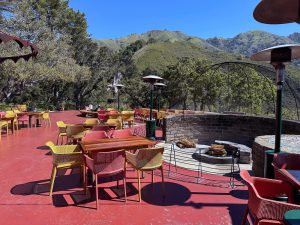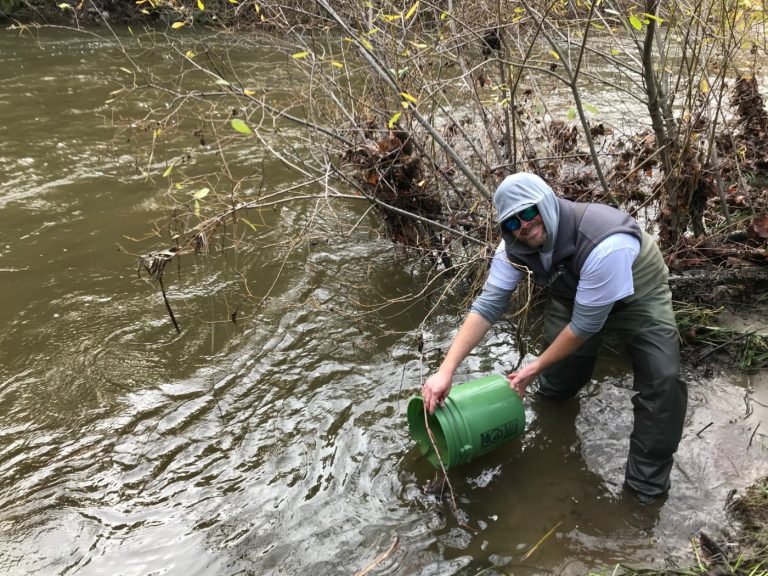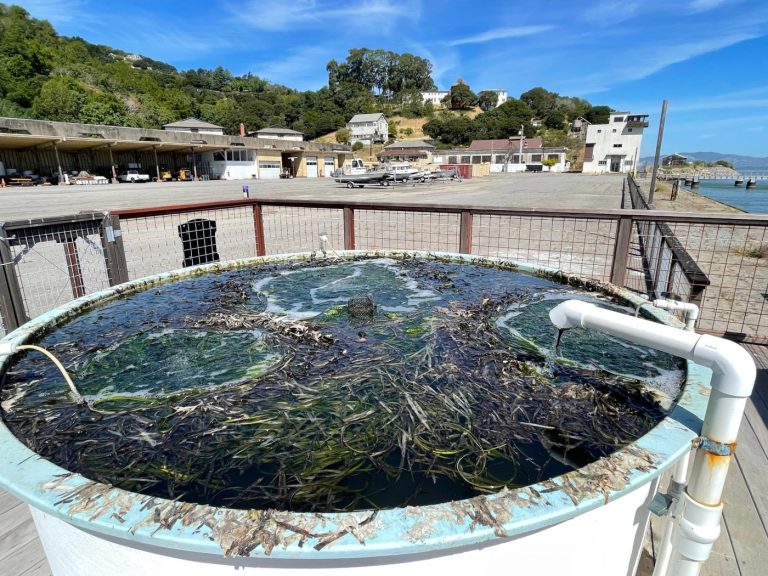With California’s reservoirs brimming, this is the moment to strengthen our long-term water future, before the next drought. Unfortunately, the State Water Board has just taken a major step back from the fastest and cheapest way of securing water supplies for cities and towns by rolling back its own proposed conservation rules.
The draft rules issued in 2023 were intended to implement 2018 legislation “Making Water Conservation a California Way of Life.” The bill was already a compromise, and the regulations implementing it years later were conservative.
The new rollback sets the state even further behind, likely to the detriment of ratepayers statewide. The primary driver for the change seems to have been complaints that the water savings proposed won’t make much difference and will cost too much. The evidence, however, indicates otherwise, and decision makers need a fuller picture.
Conservation will cost billions, but so will finding new sources of water — where that is even possible. The question is which set of strategies will be most affordable and provide greater benefits. Because we can’t continue the status quo.
The most easily developed water sources have been built, and new supplies such as seawater desalination, pure water recycling, or dam raises will be much more expensive. If the goal is climate resilience and affordability, conservation is the least-cost option, and the fastest way to meet human needs for the long term.
The state estimated that implementing its conservation regulations would generate about 440,000 acre-feet of annual water savings, or 8.5% of total urban water use. That’s a massive amount of water, roughly equivalent to the annual deliveries of San Francisco’s entire Hetch Hetchy Regional Water System which serves more than 2.7 million people.
Moreover, the state’s assessment was likely a substantial under-estimate. The highly regarded Pacific Institute estimates the potential for urban water savings to be between 2 million to 3 million acre-feet per year.
Ratepayers shoulder the burden for 95% of all local water infrastructure, so the relative cost of new water sources is a critical affordability issue. Supply projects such as desalination generally cost $3,000 per acre-foot or more, while water efficiency measures range from $600 to $1,800 per acre-foot. For example, water saved through conservation enabled Los Angeles to avoid additional supply, treatment, and pumping costs totaling more than $11 billion between 1990 and 2016. Absent this conservation, customer bills would have been more than 26% higher.
Related Articles
Marin County challenge state over fecal pollution claim
Gov. Newsom announces updated water plan amid above-average Sierra snowpack
Yes, beavers can help stop wildfires. And more places in California are embracing them
Sierra Nevada snowpack ‘unusually normal’ and reservoirs are brimming as winter season winds down
Tightened wastewater regulations could cost Bay Area cities billions
Ratepayer affordability depends not only on how much something costs, but also how you pay for it. Few of us can pay cash for a house, but it becomes affordable when the cost is spread over time. The same is true when paying for water conservation. Water utilities routinely borrow to pay for large construction projects. Doing the same for water efficiency programs would enable utilities to substantially scale up these efforts but keep rates affordable by spreading the costs over time to match the long-term benefits.
Right now, utilities can also tap federal dollars to cover half the cost of conservation projects, making them more affordable than ever for ratepayers. Since 2021, dozens of California communities have received federal grants for smart meters, turf replacement programs, appliance rebates, and other water efficiency efforts.
Six years ago, the state committed to “Making Water Conservation a California Way of Life.” To deliver on this promise and ensure reliable and affordable water for Californians, the state should move ahead with the conservation rules proposed last year, not the watered-down version released this week. The urgency to invest in water efficiency is greater today than ever before, and California’s communities and ratepayers deserve no less.












